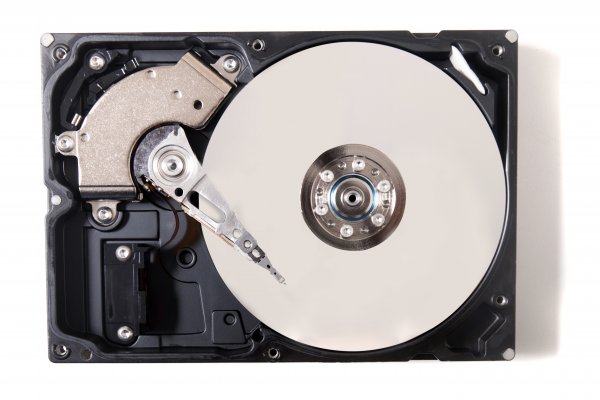Hard-drive defragmentation is an important maintenance task you have to perform every now and then, to keep your computer running smoothly and fast. Over time, all the data we continuously copy, delete and move around, will fragment the drive. This will cause our PC to become slower and it will affect its overall performance.
What exactly is defragmentation?
Disk defragmentation, also called “defrag”, consists in rearranging or consolidating the files on your hard-drive. When they are new and empty, drives don’t have any gaps on them, because there is no data written. The space is perfectly organized. But because we constantly delete files on our computers, gaps are formed in the location where the deleted file used to be. The next file we write on the drive in that same location might not have the same size and your drive has to adjust its space accordingly. Over time, a fragmentation process occurs, which makes your PC move more sluggish.
Disk defrag should be done on a constant basis, in order to avoid all the abovementioned from happening. Even though Windows does periodically defrag even SSD disks (solid-state drives), if you are using an SSD and not an HDD, you don’t need to defrag the disk yourself, in fact, it is recommended NOT to do so. SSDs function on different principles, are more performant and don’t require defragmentation. But if your computer is equipped with a mechanical drive (commonly known as hard-drive), you should definitely consider doing it every once in a while.
How to defrag your Windows PC?
The Windows operating system has its own built-in defragmentation tool you can use to defrag your drive. The process is pretty much the same one, regardless of the Windows version you are using. The location or the name of the defrag tool might differ, but everything else is quite similar.
Windows Vista, 7, 8 and 10 defrag
If your PC runs Windows Vista, Windows 7, Windows 8 or Windows 10, you can access the defragmenting tool by going to your Control Panel. You click on Start, you select Control Panel and you go to System and Security.
You look for Administrative Tools and you’ll find the ‘Defragment your hard drive’ option. You can either defrag the drive then or you can schedule a defrag. The latter option is better because the process can be quite lengthy, depending on the size of your hard drive and on how full it is. The larger the drive, the longer it takes to defrag it, especially if the drive is full of stored data. The defrag process can take from only a few minutes to hours. That is why the best thing to do is to schedule a defrag when your PC is turned on but you are not using (for instance, you can leave it on during the night).
If you decide you want to defrag the drive on the spot, you have to click on Analyze disk first. The disk defragmenter tool will let you know based on the analysis if a defrag is necessary or not.
Windows XP defrag
While most Windows users are now running Windows 10 or 7 on their devices, there are still people who have Windows XP installed on their device. The defrag tool is even easier to access in this case. All you have to do is click on Start and then on My Computer. You choose the local disk you want to defrag and right-click on it. You choose Properties and Tools and you’ll find the Defragment Now option.
Is there another way to defrag your drive?
The instructions we gave you are for defragmenting your drive using the Windows built-in tool. Although the process is not difficult, some people might prefer an even easier approach. Luckily for them, the market is flooded with apps that defrag your drive for you. There are programs that offer just this tool and there are more complex programs that offer the Defrag tool as part of a set of other optimizing features such as junk clean, malware removal, startup optimizing and so on.
Some examples of great programs that have a disk defrag tool are: CCleaner, Advanced System Repair, RegCure, to name just a few.





